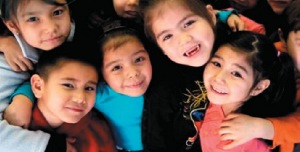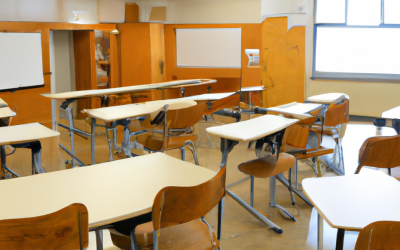 Introduction
Introduction
“Nurturing the Learning Spirit of First Nation Students” (The National Panel on First Nation Elementary and Secondary Education for Students on Reserve, 2012), the recent study of aboriginal education, reports that students on reserves are not doing very well in comparison with other Canadian students. The study panel heard considerable evidence that on-reserve students are often two or more years behind other students. Moreover, there is evidence from Statistics Canada that aboriginal students have substantially lower educational attainment than their non-aboriginal peers even when they attend provincial, offreserve, schools (see Richards, 2008; 2011, p. 2).
Recently, education critics have pointed out that the poor performances of students can result from, among other things, the way schools are administered and the incentives that are used (Ladd, 1996; Seafidi, 2012). In this respect, James Heckman (1999, p. 100), a University of Chicago economist and a Nobel Laureate, said: “Public schools are local monopolies with few competitors.” “The problem in public education is primarily due to muted incentives, not to inadequate resources” (p.107).
Professor Heckman is not the only person who thinks that monopolistic schools need to change their incentives. In fact, a growing number of researchers believe that students’ educational performances can be improved by opening schools to market-style competition (see Chubb & Moe, 1990; Gerson, 2000; Greene, 2001, 2005, 147-156; Holmes, 1998; Raham, 1996; Seafidi, 2012; Viteritti, 1999; Wilkinson, 1994). In this background paper, I outline a voucher system that could open band-controlled schools to competition, which in turn could help to improve the educational accomplishments of aboriginal students.


